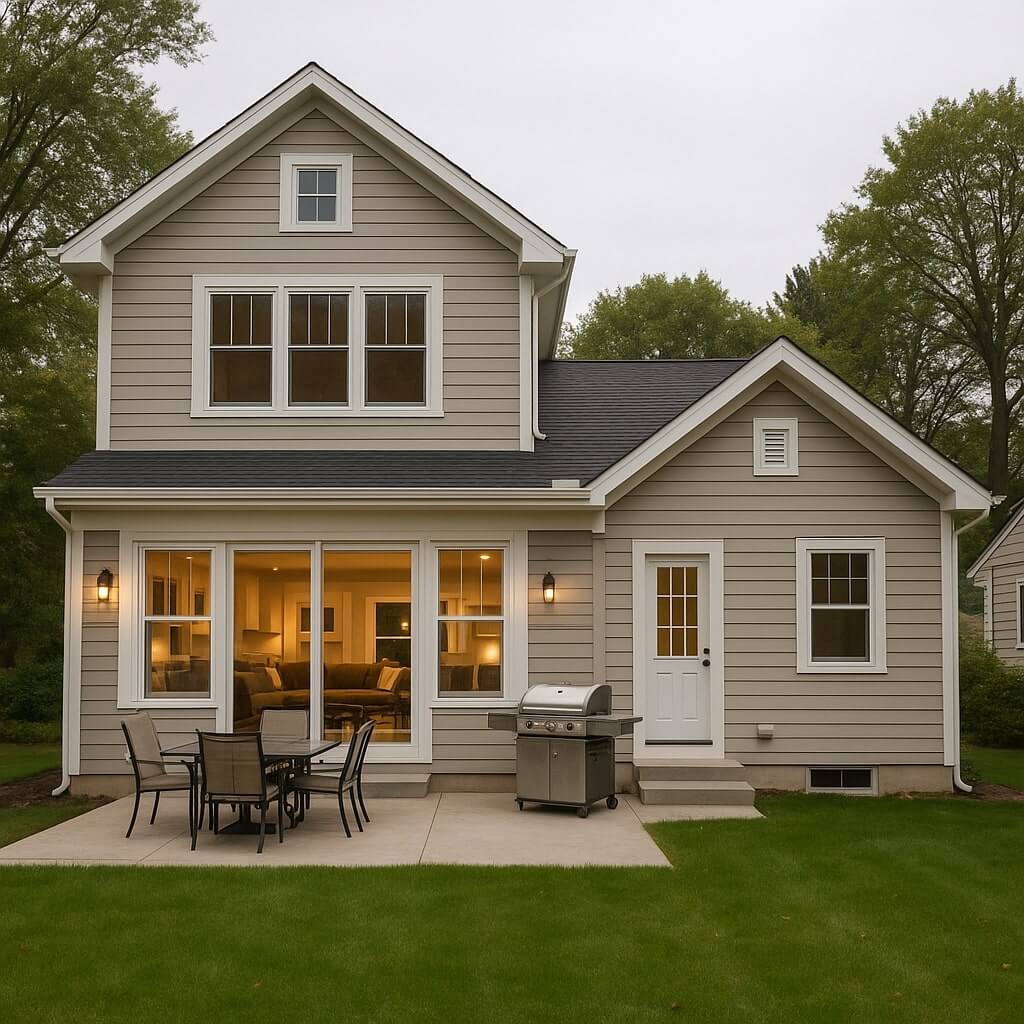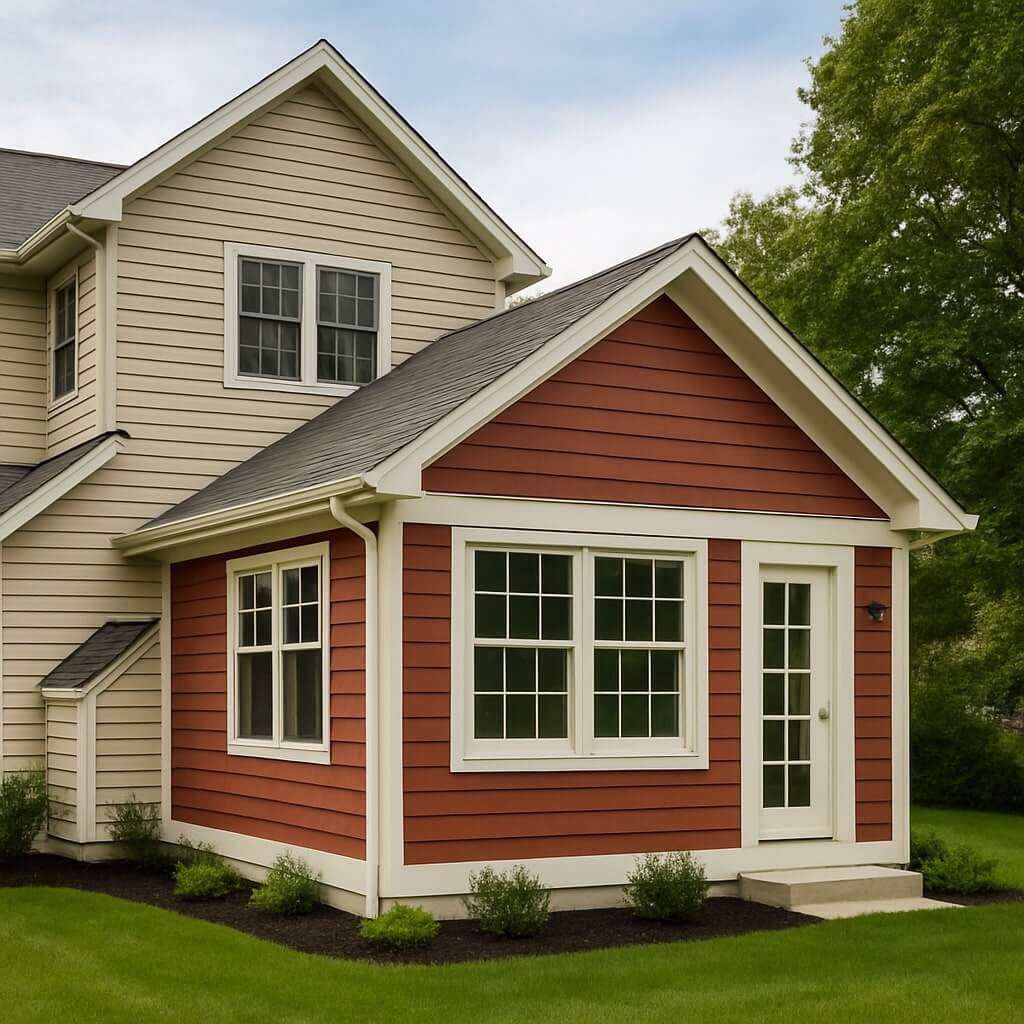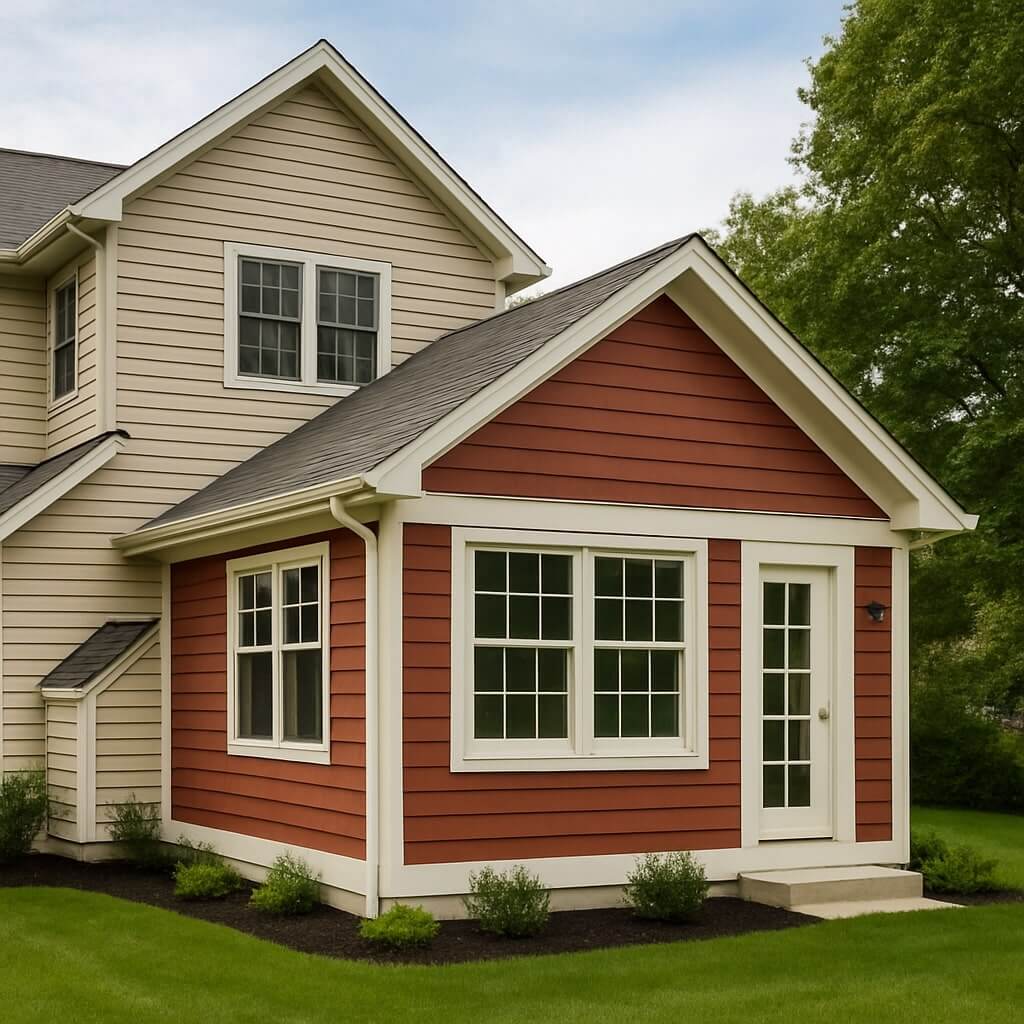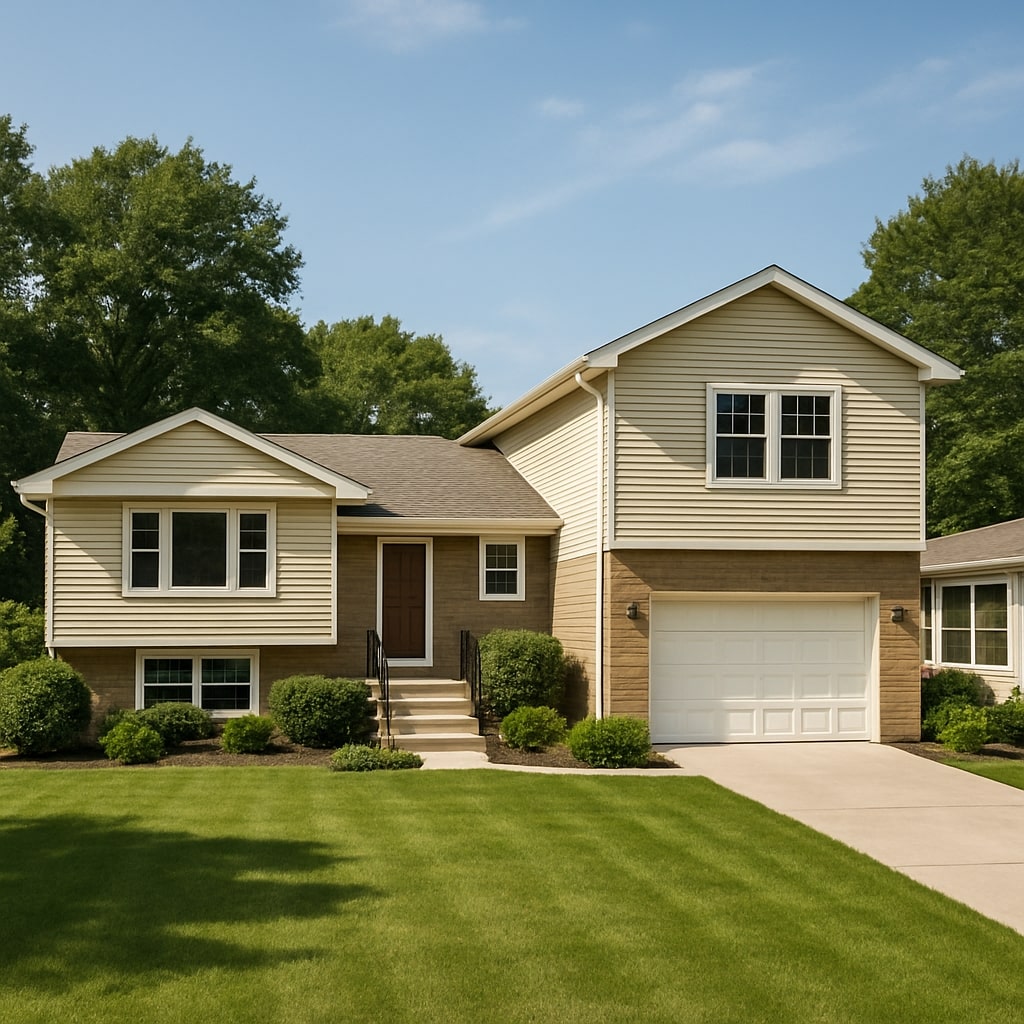Whole home additions are large-scale renovations that expand your existing house by adding substantial square footage. Unlike small remodels or room-specific upgrades, whole home additions often include multiple new rooms—or even a second story—transforming the original layout and enhancing both functionality and value.
Whether you’re growing your family, planning for multigenerational living, or simply want more space, a full home addition is a transformative investment that brings new life to your home.
Benefits of Whole Home Additions
1. Increased Living Space
The most obvious benefit is more room. From master suites and guest bedrooms to home offices and entertainment areas, the added square footage gives you space to breathe.
2. Enhanced Property Value
A well-executed whole home addition can significantly increase the market value of your property. With the right design and materials, the ROI (return on investment) can be substantial.
3. Customization
Home additions allow you to personalize your space to meet your lifestyle needs. You get to design the layout, select finishes, and integrate modern technologies from the ground up.
4. Avoid Moving Costs
Instead of relocating, which involves real estate commissions, moving fees, and emotional stress, an addition lets you stay in the neighborhood you love while upgrading your living conditions.
Common Types of Whole Home Additions
Second Story Additions
Ideal for smaller lots where you can’t build outward. This option doubles your living area vertically.
Side Extensions
Extend the width of your home to add more rooms or enlarge existing ones. Works well for homes with large yards.
Rear Additions
Often used to create spacious kitchens, sunrooms, or family areas. This option seamlessly connects indoor and outdoor living.
Garage Conversions with Additions
Convert your garage and add additional rooms above or beside it for multi-purpose space.
Whole Home Addition Process
1. Initial Planning
Meet with a licensed contractor or architect to discuss goals, budget, and feasibility. Site inspections and zoning checks are conducted.
2. Design Phase
Blueprints are drawn, permits applied for, and materials selected. This stage includes interior layout planning and choosing finishes.
3. Construction
Expect framing, roofing, plumbing, electrical work, drywalling, flooring, and more. The timeline can range from 3 to 9 months depending on the scope.
4. Final Touches & Inspection
Once construction is complete, final inspections ensure everything meets local codes. After approval, the space is ready for use.
Cost of Whole Home Additions
On average, whole home additions range from $100 to $300 per square foot, depending on:
- Location
- Size of the addition
- Material quality
- Labor costs
- Custom features (e.g., smart home tech, high-end finishes)
Example: A 1,000 sq. ft. addition may cost between $100,000 to $300,000.
Key Considerations
Zoning and Permits
Ensure your project complies with local zoning laws, setback requirements, and HOA rules.
Structural Integrity
Hire a structural engineer if necessary to ensure the existing home can support the new addition.
Future Resale
Work with a realtor or appraiser to determine what types of additions increase resale value in your area.
SEO Keywords to Target
- Whole home additions
- Home addition costs
- Full house renovation
- Expand home footprint
- Second story addition
- Home extension ideas
- Home remodeling contractor
Frequently Asked Questions (FAQs)
A remodel alters an existing space; a home addition creates new space. Whole home additions involve adding rooms or levels, significantly changing your home’s footprint.
Typical projects take 3 to 9 months, depending on size and complexity. Delays may occur due to permitting, weather, or supply chain issues.
Yes. Building permits are legally required for any structural changes. Your contractor will usually handle this process.
It depends. Some families stay in a different part of the home; others choose to temporarily relocate due to noise, dust, or safety concerns.
Look for:
Proper licensing and insurance
Portfolio of similar projects
Clear communication and contract
Positive customer reviews
Final Thoughts
Whole home additions are a powerful way to future-proof your living space. With the right planning, team, and vision, you can add beauty, functionality, and long-term value to your property. Whether you’re upgrading for comfort, resale, or lifestyle, this is a decision that can pay dividends for decades to come.




